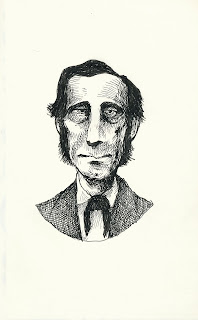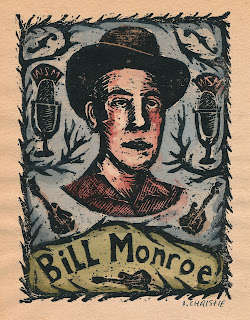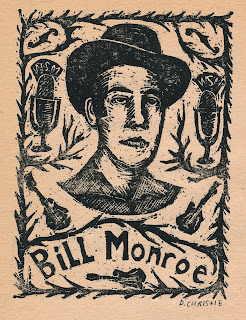




Woman With Guitar #2
Woman With Guitar #1
Before The Spanish Guitar But After The Cittern

In the early 19th century, the terz guitar was so popular that the majority of duets published called for the primary guitar one part as terz guitar with one normal second guitar. This is usually indicated by the notation “tierce” or various other spellings. In Vienna, the terz guitar was especially popular, and in fact many original editions of duets from Vienna in this time period do not specify “terz”, but the guitar parts are often in different keys off by a third (for example guitar 1 is 3 sharps / A major and guitar 2 is no sharps / C major), which is an indication of terz guitar being required. So common was the terz guitar for ensembles, that it was assumed.
C.F. Martin, Luthier

From wikipedia:
Christian Frederick Martin, Sr. (German: Christian Friedrich Martin I.; January 31, 1796 – February 16, 1873) was a luthier who specialized in guitars.
Born in Markneukirchen, Germany to a family of cabinet makers, Martin became an apprentice of the guitar maker Johann Georg Stauffer of Vienna, Austria.[1]
As a result of a dispute between the Cabinet Makers Guild, of which Martin was a member, and the Violin Makers Guild, Martin moved to the United States in 1833. On arriving in New York City , he set up shop at 196 Hudson Street on the Lower West Side. Martin’s first workshop housed a small production setup in the back room, and a retail music store up front. This shop was the forerunner of C. F. Martin & Company, which is still family-owned and operated, whose current CEO is CF Martin’s great-great-great grandson, CF Martin IV as of 2007.
Important Individuals in the History of the Mandolin #3 Yank Rachell


From Bluesworld: James “Yank” Rachell (mandolin, guitar, vocals – 87 years old) was one of the few blues musicians to play mandolin as a primary instrument . Blues mandolinists are not exactly commonplace and because he was also largely self-taught, his music was even more unique and a testament to his prowess as an instrumentalist. He was born in 1910 on a farm outside of Brownsville, Tennessee. How Rachell chose the mandolin is a classic blues story. Rachell’s mother had given him, then eight, a young pig to be raised for butchering that fall. One day he was walking down the road and saw a neighbor playing a mandolin on his front porch. He loved the sound and was determined to get the mandolin. Rachell asked how much he wanted for the instrument, and the man said five dollars. He didn’t have the money so he offered to trade the pig for the instrument. When Rachell went home his mother was very upset. He recalled her saying “Next fall when we’re all eating pork, you can eat that mandolin”. It turns out he didn’t have to eat the mandolin. Rachell taught himself to play the mandolin and soon was making a living as a musician. Soon Rachell met Hambone Willie Newbern (recorded the first version of the blues classic Rollin’ and Tumblin in 1929), who became his mentor. The two performed in and around Brownsville at house parties and fish fries. It was at one of these parties that Rachell first met and played with Sleepy John Estes (whom Rachell played and remained friends with until Estes’ death in 1977).
Important Individuals in the History of the Mandolin #2 Bill Monroe


Inspired by the great book Can’t You Hear Me Callin- the life of Bill Monroe, Father of Bluegrass by Richard D. Smith. While I agree with Sam Mghee that “bluegrass is just old time music played too fast”, I really enjoy Monroe’s bluesy mandolin style especially on the tracks Tennessee Blues, Rotation Blues, Heavy Traffic Ahead, Muleskinner Blues, The Blue Yodels, and Wayfaring Stranger. This is due to the fact that Monroe, at a young age played with and was inspired by a Kentucky blues musician named Arnold Schultz who played the guitar and the fiddle. Sadly, Schultz was never recorded. Monroe is also responsible for the enormous popularity of the F Style mandolin.



